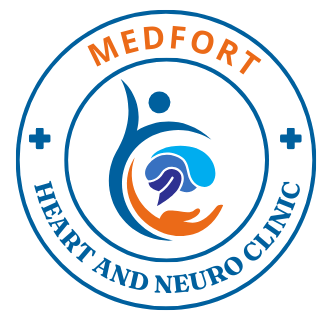Headache disorders are among the most common neurological conditions, causing pain and discomfort in the head, neck, or face. They can significantly affect a person’s quality of life, ranging from mild to debilitating. The primary types of headache disorders include tension headaches, migraines, and cluster headaches.
- Tension headaches are the most common, often described as a tight band around the head, caused by stress, poor posture, or muscle tension.
- Migraines are more severe, often accompanied by throbbing pain, nausea, sensitivity to light and sound, and visual disturbances (aura).
- Cluster headaches are rare but extremely painful, occurring in cyclical patterns or clusters, typically affecting one side of the head and the area around the eye.

Headache triggers can include stress, lack of sleep, dehydration, certain foods, hormonal changes, and environmental factors. Diagnosis is based on the type, frequency, and severity of headaches, and additional tests like brain scans may be used to rule out other conditions.
Treatment varies depending on the type of headache. For tension headaches, over-the-counter pain relievers, relaxation techniques, and lifestyle changes are often effective. Migraine sufferers may require prescription medications, and preventive therapies can help reduce the frequency of attacks. Cluster headaches may require more specialized treatments, such as oxygen therapy or specific medications to manage the intensity.
Managing headache disorders often involves identifying and avoiding triggers, adopting a healthy lifestyle, and seeking medical advice for personalized treatment plans.
